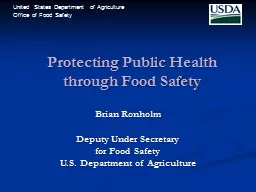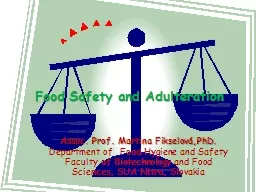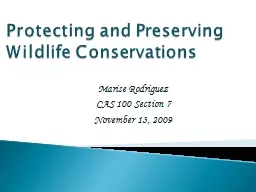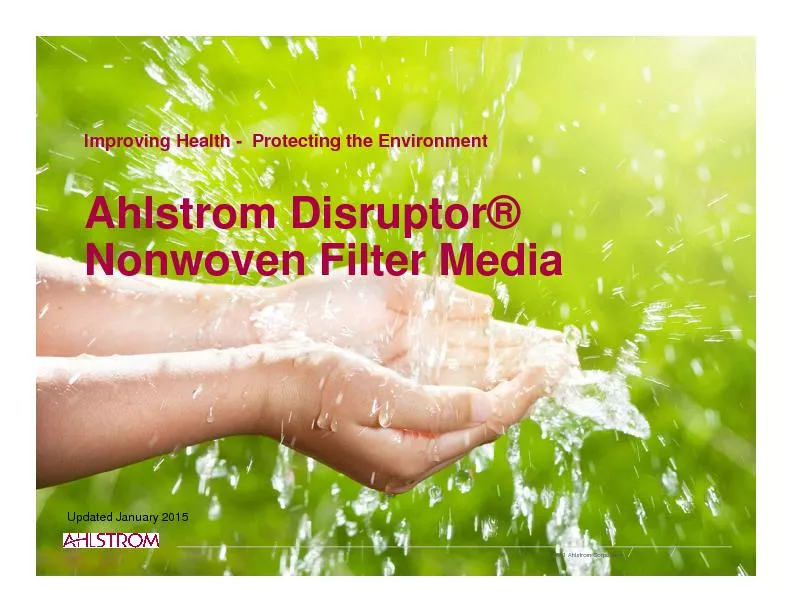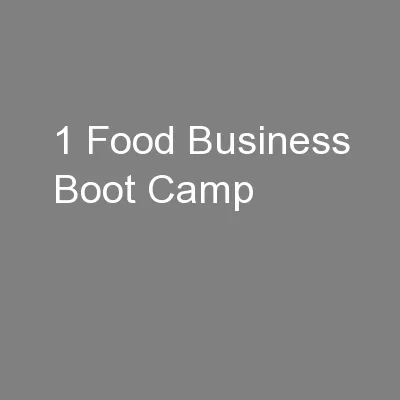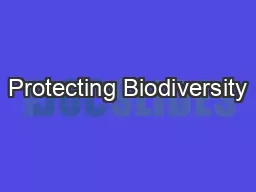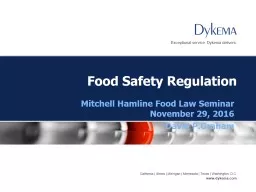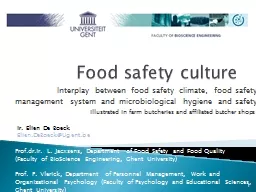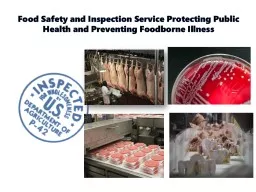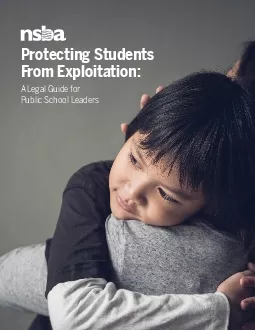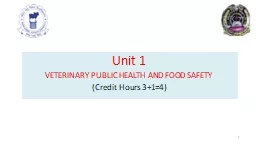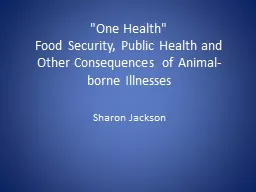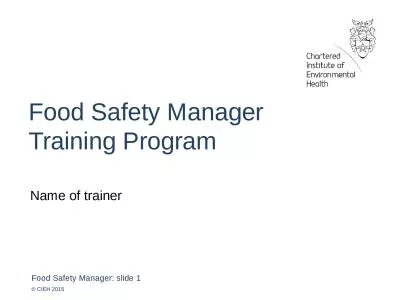PPT-Protecting Public Health through Food Safety
Author : lois-ondreau | Published Date : 2016-12-19
Brian Ronholm Deputy Under Secretary for Food Safety US Department of Agriculture Food Safety and Inspection Service FSIS Protects public health by ensuring the
Presentation Embed Code
Download Presentation
Download Presentation The PPT/PDF document "Protecting Public Health through Food Sa..." is the property of its rightful owner. Permission is granted to download and print the materials on this website for personal, non-commercial use only, and to display it on your personal computer provided you do not modify the materials and that you retain all copyright notices contained in the materials. By downloading content from our website, you accept the terms of this agreement.
Protecting Public Health through Food Safety: Transcript
Download Rules Of Document
"Protecting Public Health through Food Safety"The content belongs to its owner. You may download and print it for personal use, without modification, and keep all copyright notices. By downloading, you agree to these terms.
Related Documents

